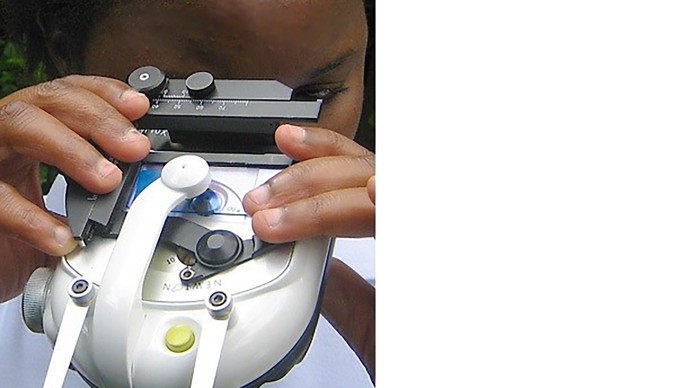Create Low-Cost Diagnostics for Priority Global Health Conditions (Round 3)

Roadblock:
Most diagnostic tests require the invasive acquisition of blood or tissue samples because they contain information-rich markers for specific diseases. Unfortunately, this information usually comes at the price of high cost, patient annoyance, product acceptance, and significant training for health workers. The processing of blood and tissue samples also involves a complex logistics chain and increased time delay in diagnosis. As a result, currently available diagnostics are not suitable for most priority global health conditions and settings where low cost, ease of use, and field-rugged solutions are imperative.
This topic presents an opportunity to harness inter-disciplinary innovation from engineering, physics, chemistry and biology to create a class of novel, low-cost, easy-to-use non-invasive diagnostics that could be transformative for resource-limited settings.
What We Are Looking For:
The goal of this topic is to support innovative diagnostics that have the potential to drastically change how we measure a patient's health condition in developing world settings. A patient's health condition could be assessed by detecting various disease-causing pathogens as well as biomarkers, indicators of metabolic status, and micronutrients. Proposed approaches may employ existing non-invasive platform technologies or detection modalities, but they MUST be accompanied by credible biophysical signatures or biomarkers specifically applicable to the foundation’s priority global health diseases and conditions.
The proposed diagnostic will ultimately be judged against the criteria found in the acronym ASSURED: Affordable by those at risk of infection, Sensitive, Specific, User-friendly (simple to perform with minimal training), Rapid and Robust, Equipment-free or minimal, and Delivered to those who need it.
A few of the many options to be considered include:
- Biochemical amplification or analysis of non-invasive samples such as urine, saliva, sweat or other excreted fluids;
- Fast scanning of retina or capillaries near a body surface for evidence of disease;
- Analysis of light reflection and refraction properties;
- Measurement of informative signatures from resident microbial species;
- Complex signature analysis for pneumonia and similar diseases via respiratory acoustics;
- Detection of molecular analytes from breath;
- Interpretation of electromagnetic properties from crystals, such as hemozoin for malaria;
- Measurement of metabolites that indicate nutrient or metabolic status;
- Measurements relevant to maternal and neonatal health.
For this initiative, we will not consider funding for:
- The development of a technical improvement with little apparent relevance or impact to a global health problem;
- Improvements solely in microfluidics architecture or detection signal transduction;
- Development of specific diagnostic tools from existing platforms and biomarkers;
- Traditional immune and molecular assay approaches.